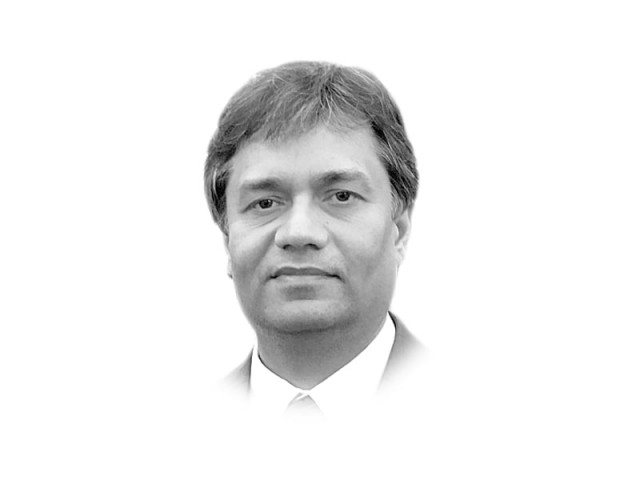The dying cities of Sindh
Things are rapidly changing due to an increase in population and the demand for more housing

The writer is a registered professional planner with the Canadian Institute of Planners. He possesses an extensive planning experience with Canadian municipalities and Pakistan
Things are rapidly changing in Sindh due to population increases and the demand for more housing, commercial and industrial land, recreational opportunities and infrastructure. Currently, Sukkur, Hyderabad and other major cities and towns do not have long-term comprehensive and coordinated land-use plans. Consequently, the cities are facing severe social, economic and environmental challenges such as housing shortage, lack of open spaces and air pollution.
Generally, we keep comparing our cities with Western ones which offer a better quality of life for their citizens. The reasons behind well-planned and sustainable cities is a proper structure of planning and development authorities and qualified urban planners working in the public and private sectors. In Western countries, the planning and development activities are empowered to local municipalities by the province through the Planning Act. Each municipality has a planning department and urban planners are playing their active role to shape the cities and achieve the goal of sustainable and resilient community.
Unfortunately, the planning and urban planning profession is the most ignored subject in Sindh. From 1997 to 2018, as many as 22 batches with 330 planners have graduated from Mehran University, Sindh. Unfortunately, no urban planner vacancy has been announced at the provincial and municipal level for the last 10 to 15 years. Compared to Western countries, Sindh is bigger than Canada in terms of population. Canada’s total population is 36.71 million while the population of Sindh is 47 million. However, the qualified professional planners working in Canada are 7,000 registered professional planners with the Canadian Institute of Planner, and thousands of them are working in the public sector. But in Sindh, only 10 to 15 qualified planners are working in planning and development authorities. While in Punjab, there are more than 1,200 qualified planners working at the provincial and municipal level.
There is need to decentralise and empower the planning authority to local municipalities, and appoint qualified professional planners in the public sector on an emergency basis instead of having a single authority for the whole province to take care of planning issues and community needs. In Sindh, there can be two-tier planning authorities such as at district or regional level and taluka or municipality level. District or regional level authorities can be responsible for making recommendations, guiding and regulating community development and growth in the region, and taking care of how the region’s land and resources are used. Taluka or municipal level planning authorities can be responsible for development application approval and the long-range plans such as the Municipal Development Plan which provides policy and guidelines for private development, local council and administration, and develop and implement zoning bylaws. The existing provincial Town Planning Department can be responsible to set the rules for land-use planning through Provincial Policy Statement, oversee how all municipalities implement them and work with local governments and partners across Sindh to build safe and strong urban and rural communities with dynamic local economies, and a high quality of life for everyone.
Published in The Express Tribune, December 12th, 2018.
Like Opinion & Editorial on Facebook, follow @ETOpEd on Twitter to receive all updates on all our daily pieces.















COMMENTS
Comments are moderated and generally will be posted if they are on-topic and not abusive.
For more information, please see our Comments FAQ